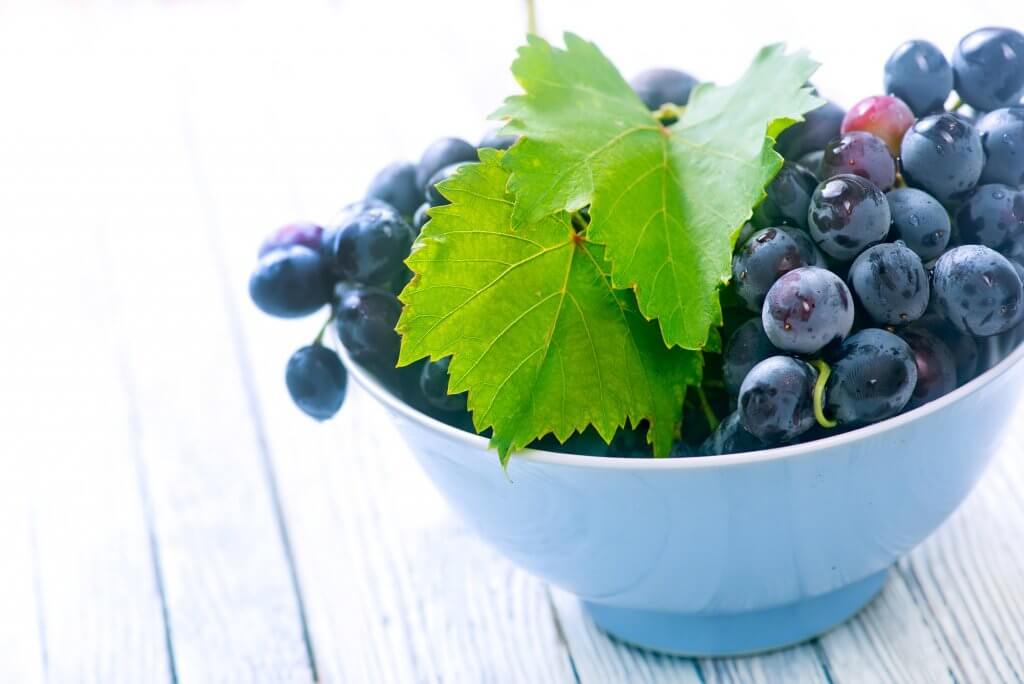Mavrud Grape
Considered the most valued grape varietal in Bulgaria, Mavrud is quickly gaining international recognition too. These wines are generally admired for its tannin structure, high complexity and intense dark fruit flavors. With a unique and fascinating history – and an even more interesting potential future – Mavrud is a grape to keep a close eye on!
Mavrud has been around in Bulgaria since the very beginning – originating in the western regions. The legend surrounding the name of the varietal has a few variations – with the underlying story being rather consistent. In the 9th century when alcohol was strictly forbidden, an old woman secretly kept a vine in her backyard, so she could give fermented grapes to her son. Years later, the ruler met this woman’s son, who was strong, brave and bold. The ruler was determined to meet this brave man’s mother. When the ruler found that the man’s strength was due to the wine (according to his mother) the ruler didn’t prosecute her for the vine she kept. Instead, he named the vine after her son – Mavrud.
Recent History
In 1814 there was a devastating demolishment of vines – taking out almost all vines, but the Mavrud grape remained. This proved to the locals that the varietal was to be cherished – which is a belief still instilled the most Bulgarians. This is seen in the fact that Bulgarians tend to search the ends of the earth for wines that contain this varietal.
Bulgaria’s wine history has been rather touch-and-go – but they have managed to stabilize and strengthen their industry quite rapidly. Prior to the 1990’s, Bulgaria’s entire wine industry was controlled by the Soviets, with all the wine being exported to either Russia – or kept in Bulgaria. The wine quality was also extremely low, with cheap and cheerful being the prominent aspect.
From the Shadows to the Present
When socialism came to an end, Bulgaria was able to have privately-owned land – which saw the beginning of quality wine being produced. In the last two decades, Bulgaria has massively improved their quality production – with international consumers amazed at the value and premium wines produced. Much of the success of these wines has to do with the old vines in Bulgaria; their traditional styles combined with modern technology and the massive investments from international onlookers.
The wine industry’s aim is to completely shift Bulgaria’s wines from being mass-produced, to premium wines. With this, their aim is to become leaders in export again – but this time, to the west. This has already proven to be a successful goal – since the reviews from international consumers have been spectacular. Bulgaria has managed to find just the right balance between old-school and new-world, while keeping the wines at a reasonable price. With Bulgaria’s unique cultivars, wine consumers everywhere are building a curiosity around these wines – allowing a record-high of 200 million liters of wine to be produced and exported in 2013.
With grape varietals like, Pamid, Kadaraka, Misket, Dimyat and the honorable Mavrud, you can expect interesting and spectacular wines to come from Bulgaria in the coming years.







